Disclosure: This article contains affiliate links. We may earn a commission from purchases at no extra cost to you, which helps our travel content.
The crimson dust of Bamenda's roads has a way of permanently embedding itself into your travel memories—much like the warm smiles of the Grassfields people. Having spent decades traversing the globe in search of authentic cultural experiences, I found myself drawn to this northwestern Cameroonian city not by chance, but by curiosity about a region seldom featured in mainstream travel narratives. After my transformative experience living on a houseboat in Kashmir nearly a decade ago, I've developed a particular fondness for places that exist just beyond the well-trodden tourist paths. Bamenda—with its dramatic highlands, vibrant markets, and complex cultural tapestry—is precisely such a destination. What follows is not your typical travel guide, but rather a thoughtful exploration of a city that demands patience, respect, and a willingness to embrace the unexpected. Join me as we venture beyond the surface and discover the soul of Bamenda through its hidden corners and the stories of its people.
Navigating Bamenda's Complex Present
Before delving into Bamenda's treasures, we must acknowledge the complex socio-political situation in Cameroon's Anglophone regions. The ongoing tensions between government forces and separatist groups have created a challenging environment for both locals and visitors. During my visit last dry season, I witnessed both the resilience of Bamenda's people and the very real security concerns that have dramatically reduced tourism.
I chose to visit after extensive research and local connections established through my former Silicon Valley colleague Joseph, who grew up in the region. This is not a destination for casual tourism or first-time travelers to Africa. If you're considering a visit, it requires meticulous planning, up-to-date security information, and ideally, trustworthy local contacts.
During my stay, I found the Garmin inReach Mini to be an essential tool. This compact satellite communicator allowed me to stay in touch with emergency contacts even in areas with no cellular service—a prudent precaution in regions with unpredictable security situations.
The current situation represents just one chapter in Bamenda's rich history. The city has long been a cultural and intellectual hub, home to universities, traditional kingdoms, and vibrant artistic traditions. Understanding this fuller context is essential to appreciating what makes this place special beyond the headlines.
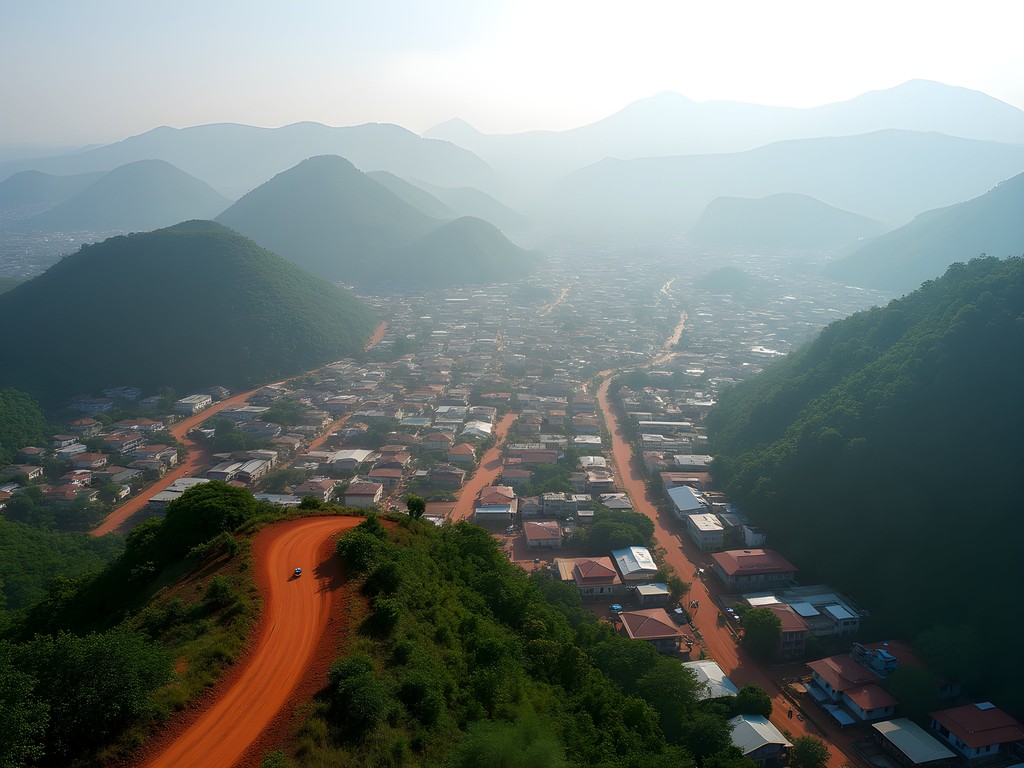
💡 Pro Tips
- Register with your embassy before traveling to the region
- Arrange trustworthy local transportation and guides in advance
- Respect curfews and security advisories without exception
The Grassfields Markets: A Cultural Tapestry
If you truly wish to understand Bamenda, begin where the locals gather—the markets. Unlike the sanitized tourist markets I've encountered in more commercialized destinations, Bamenda's markets pulse with authentic daily life. The main market downtown offers a fascinating glimpse into local commerce, but I found the smaller, periodic markets in surrounding villages to be far more revealing of traditional Grassfields culture.
On my third day, Joseph's cousin Nji took me to the weekly market in Bafut, about 20 kilometers from central Bamenda. We departed before dawn, with my headlamp illuminating our path to the shared taxi stand. This rechargeable headlamp proved invaluable throughout my Cameroonian journey, particularly during early morning excursions and evening power outages.
The Bafut market unfolds in concentric circles of specialization—innermost stalls display colorful textiles and clothing, middle rings offer household goods and tools, while the outermost sections house food vendors and livestock. What struck me most was not just the goods being traded, but the social function of the market. Here, information exchanges hands as readily as the Central African Francs. News travels, disputes are resolved, and marriages are sometimes arranged amid the commerce.
I spent hours photographing the intricate beadwork and basketry, having first asked permission from both vendors and market officials. A friendly woman named Ma Agnes invited me to try achu—a traditional yellowish pudding made from cocoyams and served with a bright orange palm oil soup. The complex flavors reflected the cultural crossroads that define this region's cuisine.

💡 Pro Tips
- Visit smaller village markets for more authentic experiences
- Always ask permission before photographing people or their goods
- Bring small denomination notes as change is often scarce
The Forgotten Palaces: Fon's Residences
Beyond Bamenda's urban center lie the traditional kingdoms that long predated colonial boundaries. These kingdoms, each headed by a Fon (traditional ruler), maintain cultural practices that have survived centuries of external influence. While many tourists who do venture to this region visit the Bafut Palace—the most accessible and commercialized of the royal residences—I sought out the lesser-known compounds that offer more intimate glimpses into traditional governance structures.
The palace at Nkwen, just northeast of Bamenda, receives few outside visitors but offers a fascinating window into living history. Unlike museum-like palaces preserved purely for tourism, Nkwen's royal residence remains a functioning administrative center. My visit required patience and protocol—Joseph helped arrange an introduction through community elders, and we brought traditional gifts of palm wine and kola nuts as a sign of respect.
After a proper introduction to palace officials, I was permitted to see certain areas of the compound and learn about the intricate system of traditional governance that operates parallel to Cameroon's official government structures. The architecture itself tells a story—concentric circular structures delineate spaces of increasing privacy and importance, with the Fon's quarters at the center.
What struck me most was the palace museum's collection of ceremonial masks and regalia, displayed not as static artifacts but as living tools of governance and spiritual authority. The museum caretaker, a man named Tamajong who had served three successive Fons, explained how each object is still used in specific ceremonies marking agricultural cycles and important community transitions.
As we departed, I noticed young men practicing traditional dances in a courtyard—preparation for an upcoming harvest festival. This seamless blend of past and present, where ancient traditions adapt rather than disappear, reminded me of similar cultural resilience I'd witnessed in Kyoto's traditional arts communities.

💡 Pro Tips
- Arrange visits to traditional palaces through proper local channels
- Respect photography restrictions, especially around sacred objects
- Bring appropriate gifts when meeting traditional authorities
Highland Tea Cultures: Bamenda's Liquid Gold
My fascination with global tea cultures led me to Bamenda's highlands, where elevation and climate create ideal conditions for tea cultivation. While Cameroon isn't widely known for tea production compared to Kenya or India, the plantations around Bamenda produce exceptional teas with distinctive terroir.
The journey to Ndawara Tea Estate, nestled in the misty mountains about an hour from central Bamenda, offers breathtaking vistas that rival the tea highlands of Darjeeling or Sri Lanka's hill country. The plantation itself spans rolling hills at elevations between 1,800-2,500 meters, where cool temperatures and consistent rainfall create ideal growing conditions.
What makes this experience special is its lack of commercial tourism infrastructure. Unlike Sri Lanka's famous tea estates with their curated tours and gift shops, Ndawara offers a raw, authentic glimpse into tea production. My visit was arranged through local connections rather than a formal tour booking.
I spent a morning with the tea pluckers, mostly women whose nimble fingers select only the finest two leaves and a bud. Their expertise—knowing exactly which leaves to harvest and when—represents generations of knowledge transfer. I attempted to join them but quickly discovered the task requires far more skill than it appears. My clumsy efforts provided much amusement for the workers, who good-naturedly corrected my technique.
Later, I observed the processing facility where withering, rolling, oxidation, and drying transform fresh leaves into the finished product. The factory manager explained how slight variations in processing time create different tea varieties—from delicate green teas to robust black teas with malty notes.
Back in Bamenda, I purchased freshly processed tea directly from small-scale producers at a fraction of what similar quality would cost in Europe or America. To properly brew these exceptional teas back at my guesthouse, I relied on my travel tea infuser, which maintains precise water temperature—crucial for extracting optimal flavor without bitterness.
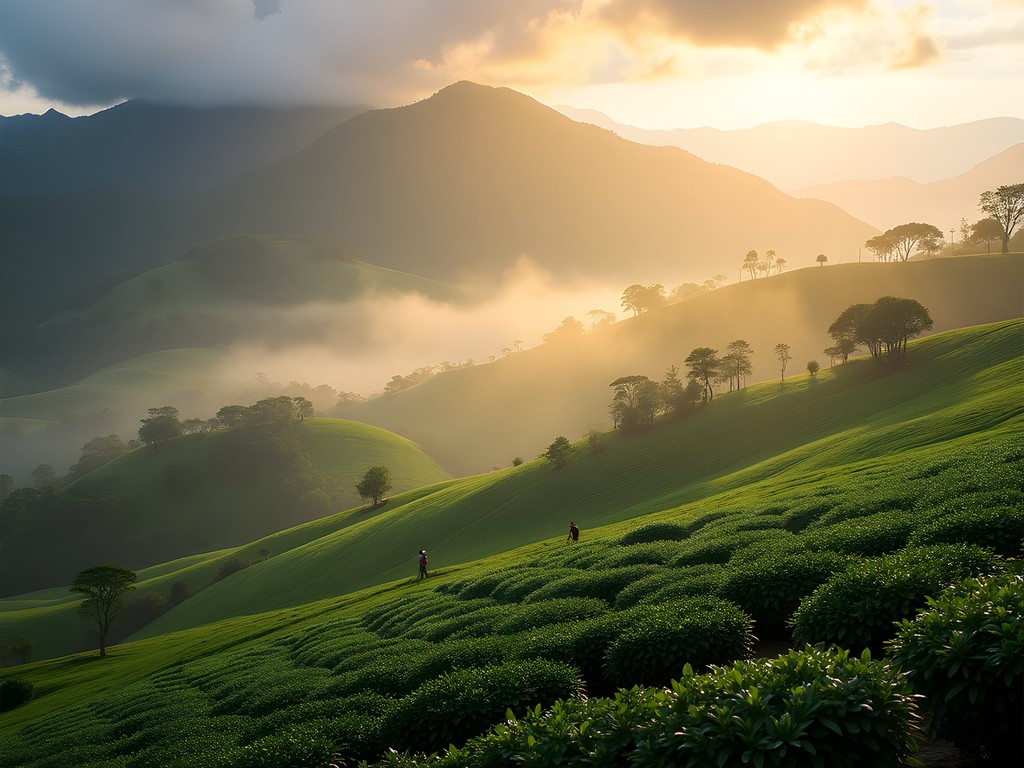
💡 Pro Tips
- Visit tea estates early morning when harvesting is most active
- Bring cash for purchasing tea directly from producers
- Respect workers by asking permission before photographing
The Living Museums: Traditional Crafts in Practice
My scientific background has always drawn me to understand not just what things are, but how they work. In Bamenda, this curiosity led me beyond static museum displays to seek out living practitioners of traditional crafts—the human repositories of cultural knowledge.
In the village of Bali, about 25 kilometers from Bamenda, I discovered a community of blacksmiths whose techniques have remained largely unchanged for centuries. Through Joseph's translation, Master Smith Ngwa explained how their forge designs were passed down through generations, with each smith adding subtle improvements while maintaining core principles.
What fascinated me most was not just the finished tools and ceremonial objects, but the sustainable nature of their practice. The forge uses locally sourced charcoal, recycled metals, and tools crafted by the smiths themselves. In our era of disposable consumer goods, witnessing this closed-loop production system was both humbling and instructive.
Similarly, in a small compound near Bambili, I spent an afternoon with a group of women practicing traditional pottery techniques. Using clay harvested from specific riverbanks and tools crafted from local materials, they created water vessels with remarkable thermal properties. These pots naturally cool water through evaporation—an elegant solution to refrigeration in areas with limited electricity.
To document these experiences, I relied heavily on my field notebook. Unlike digital devices that can fail or distract, this weatherproof notebook proved invaluable for recording observations, sketching techniques, and noting Lamnso' and Pidgin terms for tools and processes. The pages handled the region's humidity and occasional downpours without deterioration—essential for preserving these encounters.
What struck me throughout these experiences was how these craftspeople don't view their work as preserving the past but rather as living, evolving traditions adapting to contemporary needs. The blacksmiths now repair motorcycle parts alongside traditional hoes; the potters create decorative pieces for urban Cameroonians alongside traditional vessels. This adaptability, rather than rigid preservation, ensures these practices remain relevant and economically viable.

💡 Pro Tips
- Bring small gifts to thank craftspeople for sharing their knowledge
- Learn basic Pidgin phrases to better connect with artisans
- Allow plenty of time—crafts demonstrations follow their own rhythm, not tourist schedules
Linguistic Landscapes: Navigating Bamenda's Multilingual Reality
Perhaps my most intellectually stimulating discovery in Bamenda was its extraordinary linguistic diversity. As the son of an Egyptian scientist and American librarian, I've always been fascinated by language as both communication tool and cultural repository. Bamenda offers a remarkable case study in multilingualism that few travelers fully appreciate.
Within a single day in Bamenda, I regularly encountered at least five languages: English and French (Cameroon's official languages), Cameroonian Pidgin English (the true lingua franca of daily life), and various indigenous languages including Lamnso', Bafut, and Mankon. This linguistic tapestry isn't merely academic—it shapes every interaction and reflects deeper historical and cultural realities.
I spent an afternoon with Dr. Ngoran at the University of Bamenda, whose work focuses on documenting endangered Grassfields languages. She explained how each language contains unique knowledge systems about local ecology, medicine, and social structures that are lost in translation. Her recordings of traditional oral histories revealed how language preservation extends beyond words to entire worldviews.
For travelers, this linguistic complexity presents both challenges and opportunities. While English speakers can generally navigate Bamenda, learning basic Pidgin phrases opened doors to more authentic connections. Simple greetings like 'How di body?' (How are you?) and responses like 'Body fine' (I'm well) transformed my interactions from transactional to personal.
To facilitate these linguistic explorations, I relied on my audio recorder to capture language samples with permission. This compact device produced remarkably clear recordings even in noisy market settings, allowing me to review phrases later and practice pronunciation.
My linguistic adventures culminated in an invitation to a storytelling gathering in Nkwen village, where I witnessed the performative aspects of language—how tone, gesture, and rhythm convey meaning beyond words. Though I understood little directly, the universal language of narrative structure and audience response transcended the verbal barrier. A young translator named Fon occasionally whispered key points, but encouraged me to focus on the storyteller's expressive performance rather than literal meaning.
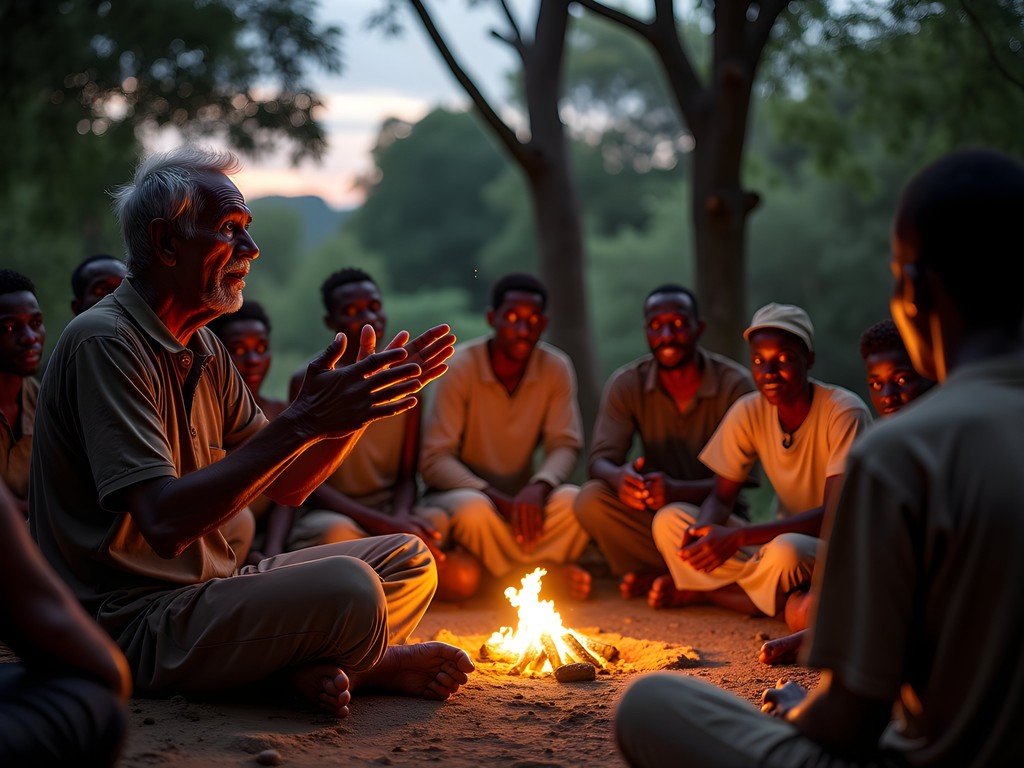
💡 Pro Tips
- Learn basic Pidgin English phrases—even imperfect attempts are appreciated
- Respect the political sensitivity around language use in the Anglophone regions
- Consider hiring a local translator for deeper cultural experiences
Final Thoughts
As I departed Bamenda, watching the highlands recede through the dusty window of a shared taxi, I reflected on how this place defies easy categorization. It is neither the war zone portrayed in some international media nor the untouched paradise some travelers seek. Instead, it is something far more nuanced—a complex cultural crossroads navigating tradition and modernity amid challenging circumstances. Bamenda rewards the patient, respectful traveler with insights impossible to gain from more accessible destinations. The connections I formed here—from market vendors to university professors, traditional craftspeople to innovative youth—have enriched my understanding not just of Cameroon but of human resilience and cultural adaptation. If you choose to venture beyond the tourist trail to Bamenda, come with an open mind, a flexible schedule, and a genuine desire to listen more than speak. The red dust may eventually wash from your shoes, but the lessons of this remarkable place will remain with you long after your journey ends.
✨ Key Takeaways
- Bamenda's complex reality requires thorough preparation and local connections
- The region's cultural wealth—from traditional crafts to linguistic diversity—offers profound learning opportunities
- Respectful engagement with local communities transforms travel from observation to meaningful exchange
📋 Practical Information
Best Time to Visit
November to February (dry season)
Budget Estimate
$30-50 USD per day for mid-range accommodations and meals
Recommended Duration
Minimum 5-7 days to appreciate the region properly
Difficulty Level
Challenging
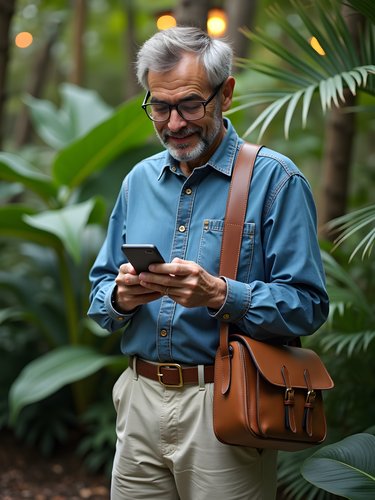
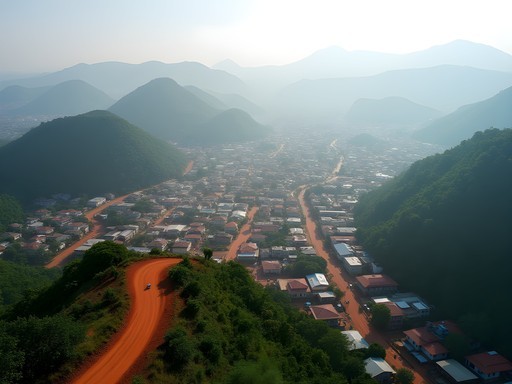
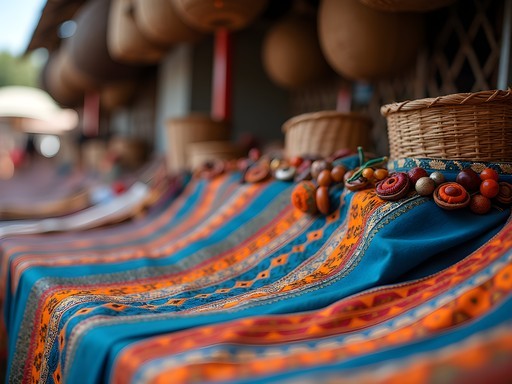
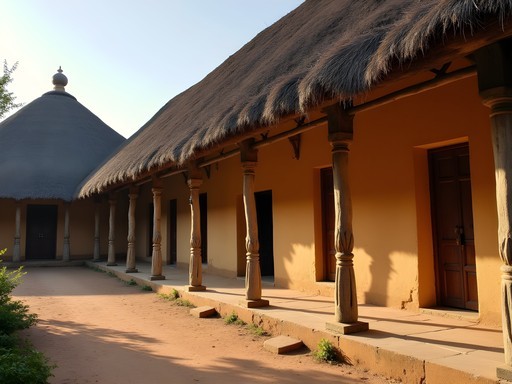
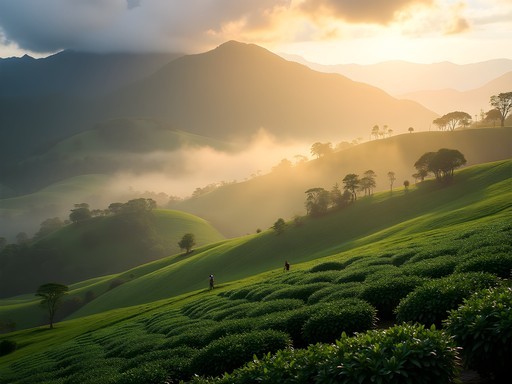
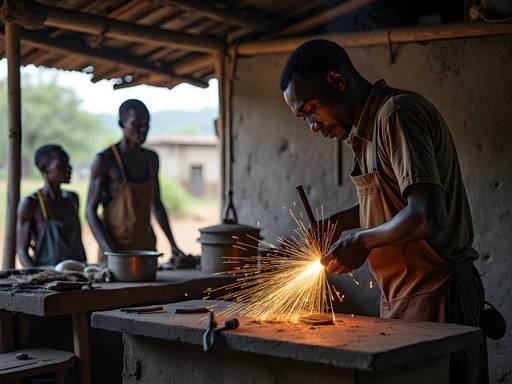
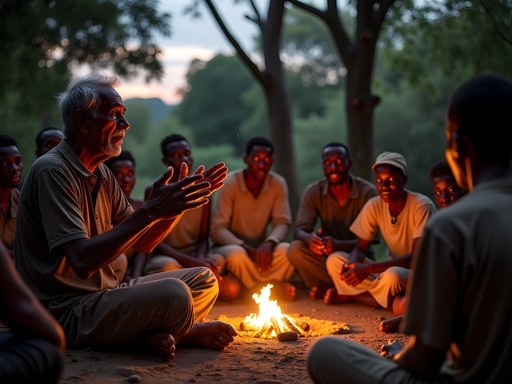




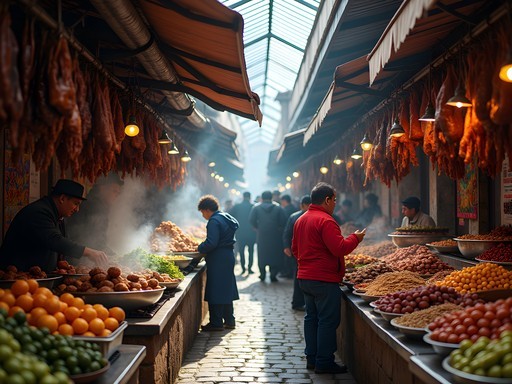

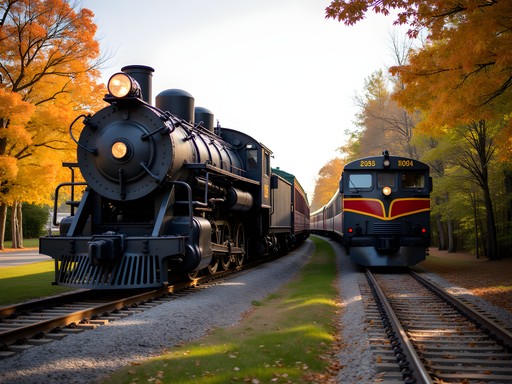

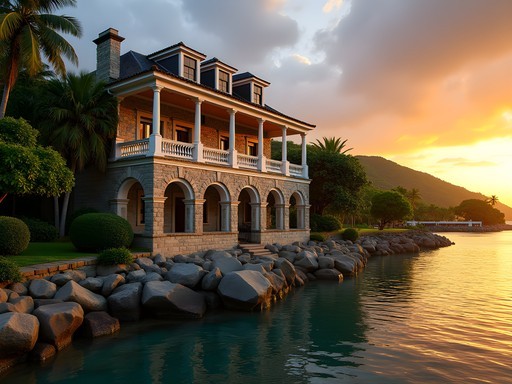

Comments
sunsetbackpacker
Just got back from Cameroon and wish I'd read this before going! Totally missed the Fon's residences. Next time!
Riley Griffin
Ahmed, thank you for highlighting Bamenda's complexity rather than glossing over the challenges. We took our teenagers there last summer as part of a broader Cameroon trip, and it became the most impactful part of our journey. The Grassfields markets were a sensory explosion - my kids still talk about the vibrant fabrics and the sound of vendors calling out in Pidgin. We stayed with a family who showed us how to prepare achu soup properly (harder than it looks!). One tip for families considering this region: we found having a reliable power bank essential as electricity was unpredictable, especially when we ventured to smaller villages outside Bamenda. The tea highlands were magical in the early morning mist - worth the 5am wake-up call to see them before the fog burns off.
roamhero
Is it easy to get around without knowing French? Planning a West Africa trip but language barriers worry me.
sunsetbackpacker
Not Ahmed but I was in Bamenda last year. English is widely spoken in the Northwest region since it's anglophone. You'll hear lots of Pidgin English too which is fun to learn!
exploremaster
Those highland tea plantations look AMAZING! Adding Bamenda to my bucket list immediately!
roamseeker
If you're heading to the markets, go early! By 10am they're packed. Also worth learning the difference between the main market and the periodic markets in surrounding villages - each has its own specialty. The honey sold around Bamenda is incredible too - dark and intensely flavored from the highland flowers.
cityone
How's the safety situation there now? I've heard mixed things about traveling in the anglophone regions. Would you recommend hiring a local guide?
Ahmed Palmer
The situation remains complex. I'd definitely recommend a local guide who knows the current conditions. Some areas are perfectly fine while others should be avoided. Having someone who speaks Pidgin English and understands the local dynamics is invaluable.
Fatima Sims
Ahmed, your description of Bamenda's crimson dust brought back so many memories! I spent three weeks in the Grassfields region last year and was completely captivated by the Fon's palaces. The one in Bafut was particularly striking - I arrived during a small local ceremony and was invited to stay. The palace guide shared stories that weren't in any of my guidebooks. Did you get a chance to try njama njama with garri? That dish alone was worth the journey. The complex political situation made navigating a bit challenging, but the local hospitality more than made up for it.
Ahmed Palmer
Thanks Fatima! Yes, I practically lived on njama njama during my stay. The Bafut palace was indeed special - glad you got to experience a ceremony there!
sunsetbackpacker
What's njama njama? Sounds interesting!
Fatima Sims
@sunsetbackpacker It's a delicious huckleberry leaf dish, usually cooked with oil, onions and spices. Paired with garri (cassava) it's a staple in the region. Absolutely worth trying!
summerphotographer
Those Grassfields markets sound incredible! Would love to see more photos if you have any.
backpack_explorer
We did the public transportation around Bamenda and it was quite an experience! Those shared taxis pack in more people than seems physically possible, but it's all part of the adventure. Just be ready for the dust!
tripninja
How was the road quality? Trying to decide if I should budget for private transport or go with the shared taxis.
backpack_explorer
Main roads in the city are decent, but anything heading to villages can be rough in rainy season. Shared taxis are fine for city exploration, maybe splurge on private for longer trips to the highlands.
Sophia Gomez
Ahmed, thank you for highlighting Bamenda's complexity with such nuance. I visited for a business conference last year and extended my stay to explore. The Fon's Palace was incredible - I was lucky enough to visit during a small ceremony. For anyone planning to visit palaces or traditional sites, I'd recommend bringing a modest wrap skirt or long pants as a sign of respect. I found my travel scarf perfect for this - could quickly cover shoulders or wrap as a skirt when needed. The highlands reminded me so much of parts of Rwanda - that misty morning air is magical. Did you notice how the tea tastes different there compared to what gets exported?
Ahmed Palmer
Absolutely, Sophia! The freshness makes all the difference. The tea served locally has this subtle grassy note that never survives export. Great tip about appropriate clothing at traditional sites.
Venture X
Premium card with 2X miles, $300 travel credit, Priority Pass